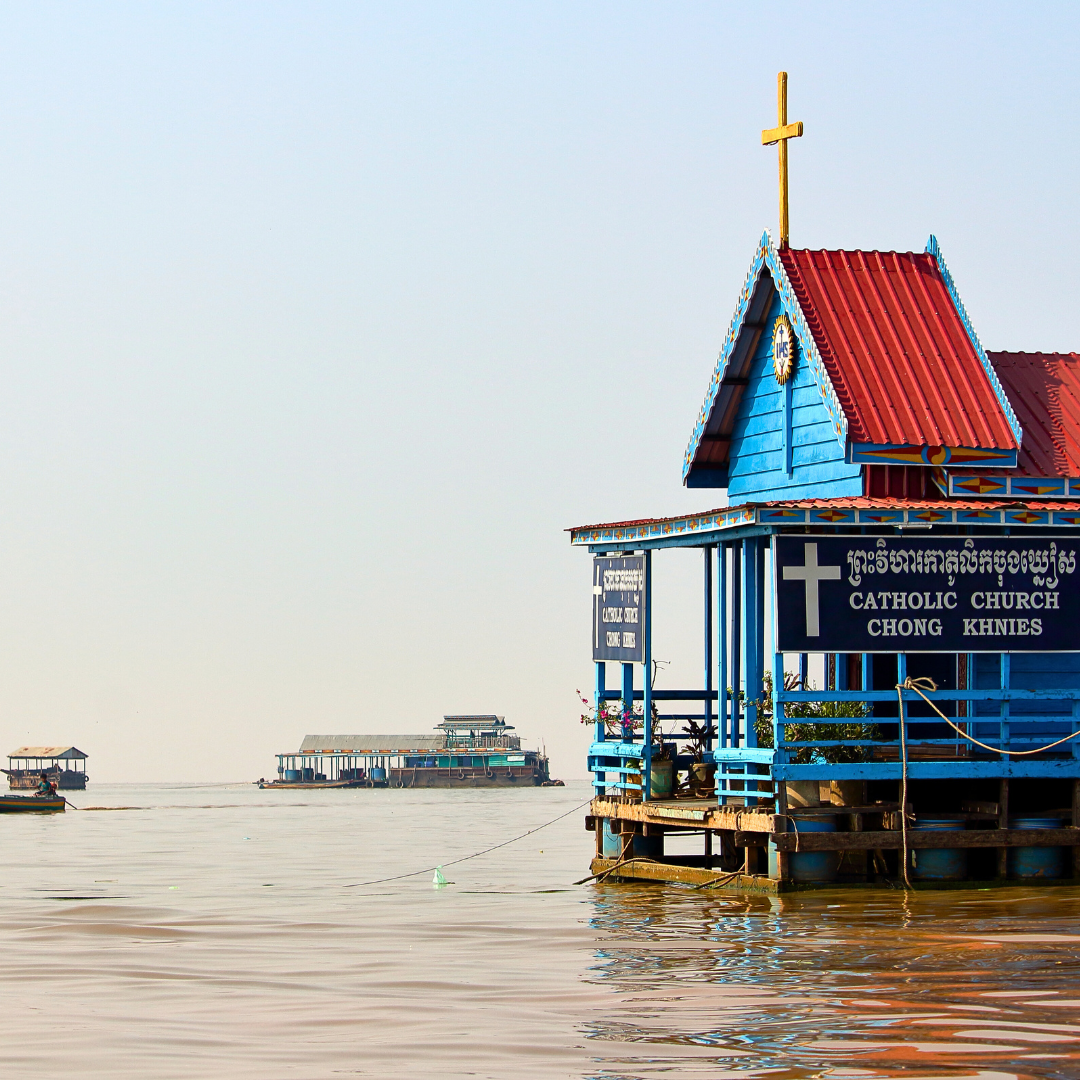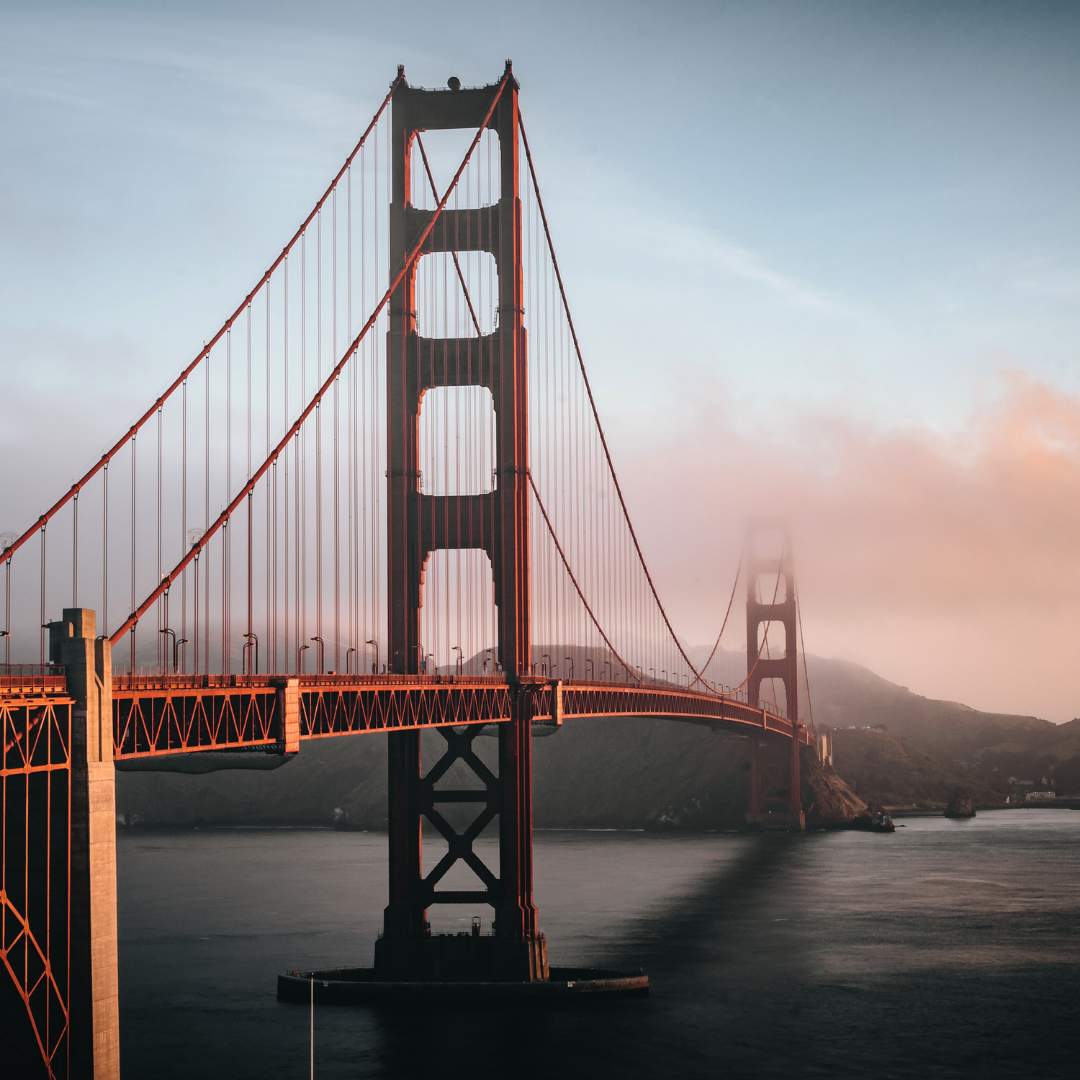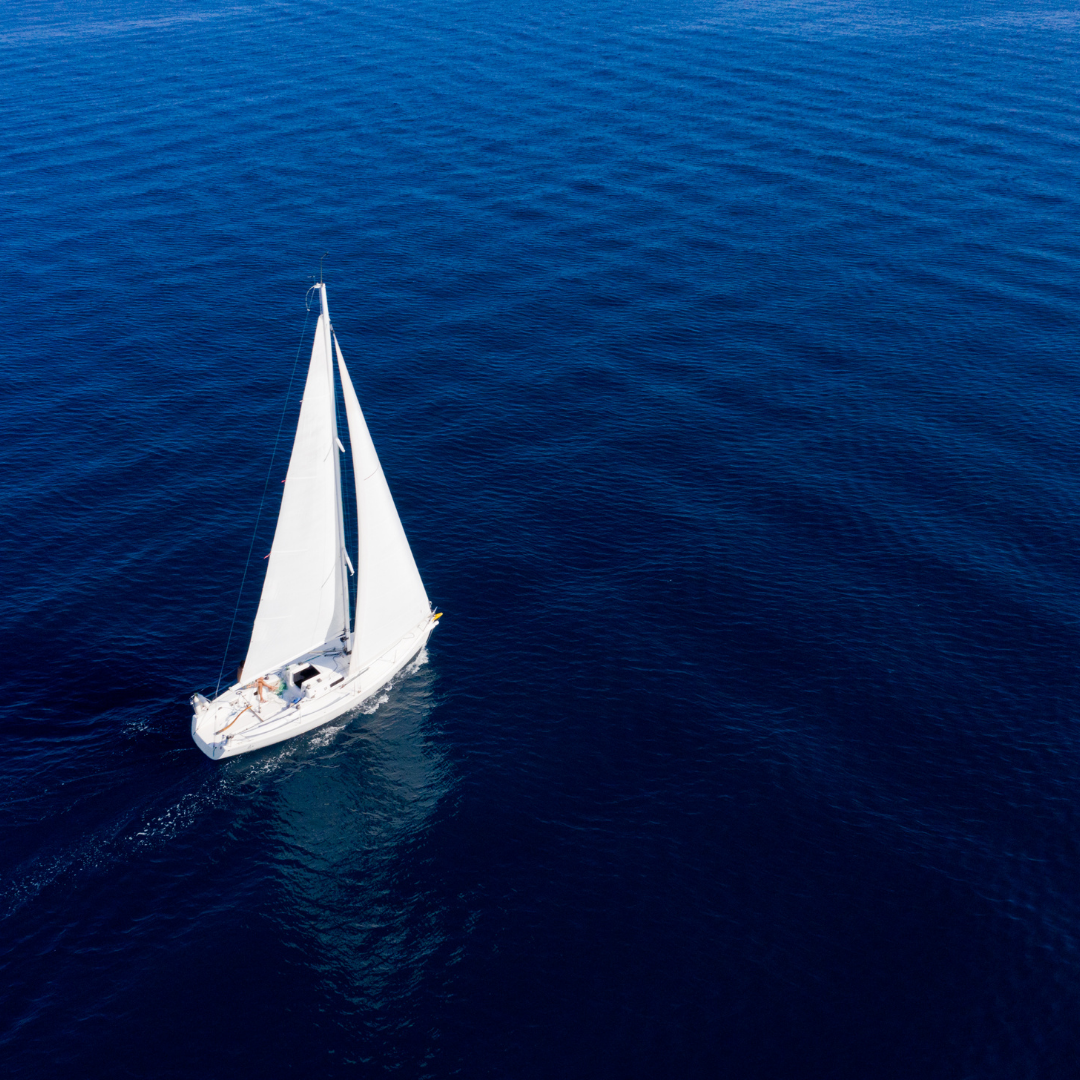Tonlé Sap Exploration: Navigating Southeast Asia’s Largest Freshwater Lake and its Floating Villages

Tonlé Sap, the shimmering jewel of Cambodia, isn’t just a body of water. It’s the lifeline of a nation, teeming with life, supporting diverse ecosystems, and fostering communities with a way of life unimaginable to many. This ever-changing lake, with its unique hydrological phenomenon and rich biodiversity, serves as both an ecological wonder and a mirror reflecting Cambodia’s soul.
Tonlé Sap: The Heartbeat of Cambodia’s Ecology
At first glance, Tonlé Sap is a vast expanse of freshwater, but it’s much more than just a lake. It’s a vibrant ecosystem, a birder’s paradise, and a sanctuary for rare and endangered species. The lake’s importance to Cambodia cannot be overstated. It’s a primary source of protein for millions, supporting more than half of Cambodia’s fish catch and providing livelihoods for countless communities.
Rich in biodiversity, the lake boasts over 200 species of fish, as well as various species of turtles, snakes, and crocodiles. Its significance extends beyond its banks, impacting the entire Mekong River Basin with its seasonal water inflow and outflow.
Understanding the Lake’s Unique Flow Reversal Phenomenon
One of the marvels of Tonlé Sap is its unique hydrological occurrence. During the dry season, the lake drains into the Mekong River. However, as the monsoon rains arrive, the increased flow from the Mekong causes a reversal, making the river flow back into the lake, increasing its size almost five-fold. This phenomenon not only supports the lake’s diverse fish population but also creates an ever-evolving landscape around its banks.
A Visit to the Stilted and Floating Communities
Tonlé Sap’s shores and waters cradle unique communities that have adapted to its rhythms. Floating villages like Kampong Luong and Kampong Phluk seem almost surreal, with houses, schools, and even churches or temples drifting on water. Stilt houses, raised high, await the monsoon’s arrival to be surrounded by the swelling lake.
Life here is intricately tied to the water. Families move their floating homes according to the seasons, children paddle to floating schools, and markets bustle on boats filled with fresh catches and produce.
Birdwatching and Biodiversity in the Flooded Forests
The flooded forests around Tonlé Sap are a haven for ornithologists and nature lovers. These forests, submerged during the wet season and dry in the summer, support a wealth of bird species, including endangered ones like the Bengal Florican and the Spot-billed Pelican.
Navigating through these waterlogged forests, visitors witness nature’s theater, where migratory birds nest, breed, and dance in a spectacle of colors and songs. It’s a realm where nature remains untamed, raw, and profoundly inspiring.
Challenges and Rewards of Navigating Tonlé Sap
While the lake promises unparalleled experiences, it isn’t without its challenges. Seasonal changes mean that water levels can vary drastically. The expanding and retracting shores can also make navigation tricky. It’s essential to be equipped with updated maps and to understand the local topography.
Yet, the rewards are manifold. Sunrise over the shimmering waters, a glimpse into the unique floating way of life, and the sight of rare birds taking flight make every challenge worthwhile.
The Interplay between Lake and Livelihood
For thousands, Tonlé Sap isn’t just a picturesque backdrop but the epicenter of their livelihood. Fishermen cast their nets hoping for a bountiful catch, traders barter in floating markets, and children dive into its depths, surfacing with lotus stems to be sold. The lake’s health directly impacts the nation’s food security and economic wellbeing, underlining its pivotal role in Cambodia’s socio-cultural fabric.
Engaging with Local Culture: Festivals and Traditions
Tonlé Sap is also a stage for cultural celebrations. The Water Festival, or Bon Om Touk, witnesses boat races, illuminated flotillas, and fireworks, celebrating the flow reversal. Rituals, dances, and songs echoing through the villages are testaments to the lake’s cultural significance.
Tonlé Sap isn’t just a destination; it’s a journey into the heart of Cambodia. As the boat cuts through its vast expanse, it isn’t water that one hears but the whispers of history, tales of resilience, and songs of a hopeful future. A voyage across this lake is a deep dive into understanding how nature and humans, in their eternal dance, create a world of wonders and revelations.


